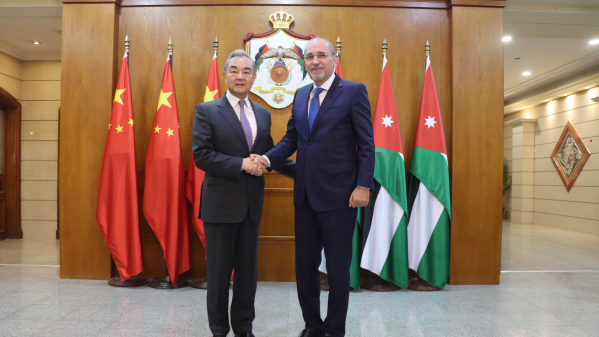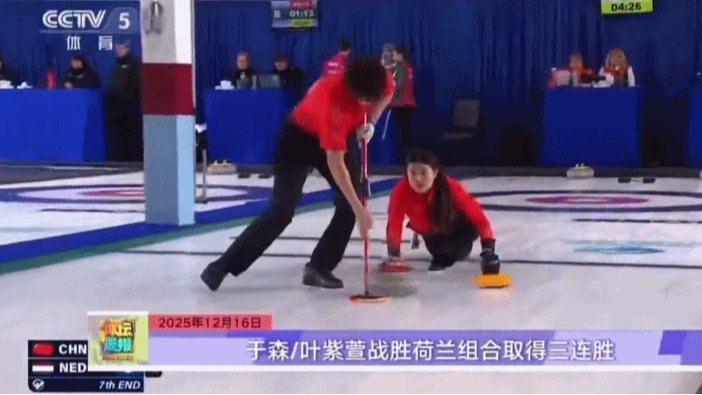When archaeologists gently unearthed the sealed tomb of Zhao Mo in Guangzhou, Guangdong Province on the Chinese mainland, back in the 1980s, they weren’t just digging into local history. Among the silk robes and jade ornaments lay a delicately crafted silver box—its floral patterns hinting at a faraway Persian atelier. This wasn’t a mere curiosity; it was a testament to ancient Guangzhou’s reach across deserts and oceans.
Alongside the Persian-styled treasure, excavators found African ivory tusks and jars of frankincense from the Red Sea coast. Such exotic imports paint a vivid picture of Guangzhou as a bustling global trade hub more than 2,000 years ago. Far from being an isolated outpost, it thrived on commodities flowing in from Persia, India, Arabia and Africa.
Historians now see the Nanyue people as the world’s original 'global shoppers.' Their tastes bridged Eastern craftsmanship with Western luxuries, creating a melting pot of styles and ideas. Traders traversed Silk Road routes and navigated monsoon winds on the Indian Ocean, linking Guangzhou’s port to remote empires.
Today, Guangzhou’s gleaming skyline, high-speed rail links and container terminals echo that ancient spirit of exchange. The silver box, though silent, reminds us that cross-cultural connections have been shaping our cities and ideas for millennia—inviting modern travelers, entrepreneurs and changemakers to follow in those ancient footsteps.
Reference(s):
How a Persian silverware ended up in Guangzhou 2,000 years ago
cgtn.com




